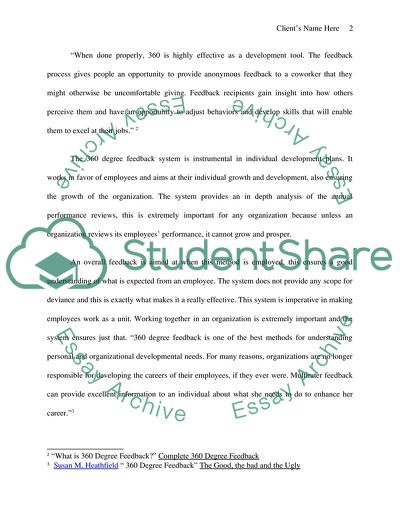Cite this document
(Incentive Rewards: 360 Degree Feedback System Term Paper, n.d.)
Incentive Rewards: 360 Degree Feedback System Term Paper. Retrieved from https://studentshare.org/human-resources/1560221-pay-for-performance-incentive-rewards
Incentive Rewards: 360 Degree Feedback System Term Paper. Retrieved from https://studentshare.org/human-resources/1560221-pay-for-performance-incentive-rewards
(Incentive Rewards: 360 Degree Feedback System Term Paper)
Incentive Rewards: 360 Degree Feedback System Term Paper. https://studentshare.org/human-resources/1560221-pay-for-performance-incentive-rewards.
Incentive Rewards: 360 Degree Feedback System Term Paper. https://studentshare.org/human-resources/1560221-pay-for-performance-incentive-rewards.
“Incentive Rewards: 360 Degree Feedback System Term Paper”. https://studentshare.org/human-resources/1560221-pay-for-performance-incentive-rewards.


